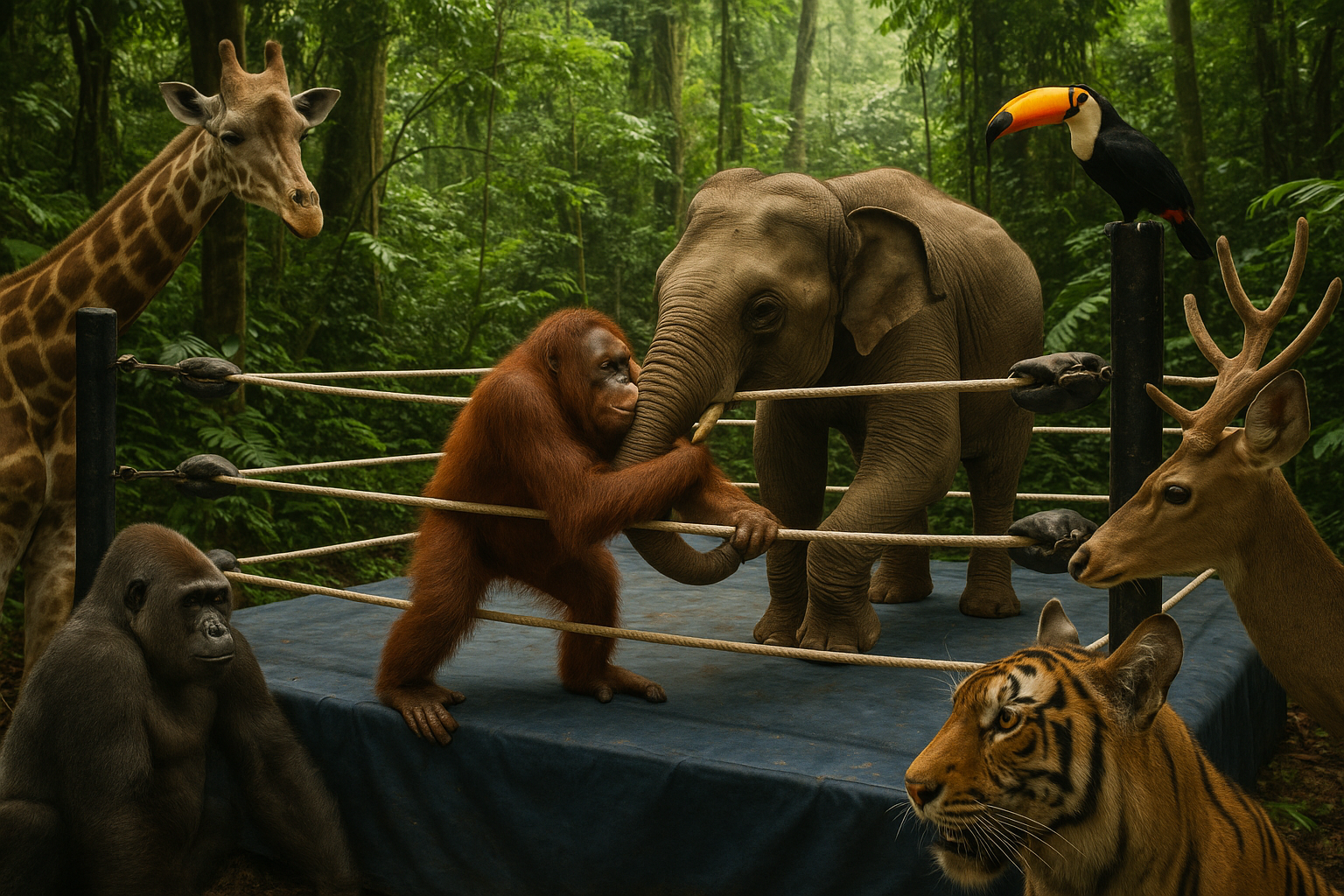WRESTLING WRESTLER
Uncategorized John cena, Randy orton, ric flair, sport, sports, the rock, wrestle, wrestler, wrestlingThe History of Wrestling: From Old Traditions to Global Sports
Wrestling is one of the oldest and most universal forms of human competition. As a sport that transcends culture and era, it has evolved from an important survival and ritual tradition to a highly developed and sporty job that is enjoyed around the world. From primitive discussions on old walls to packaging stages and Olympic arenas, wrestling continues to show strength, skill and spirit. These old photos suggest that wrestling was part of human life long before the emergence of organized civilizations. Wrestling was probably used as a method of early human physical condition, conflict resolution, and social hierarchy establishment. Sumerical Artifacts presents a detailed representation of wrestlers trying to block weapons and throw them at each other. This illustrates a highly developed technology. In ancient Egypt, the wrestling scene began around 2000 BC. Greek wrestling, known as Pale, was a major event at the Olympics in 776 BC. It was considered a test of strength, skill and intelligence, and was often part of the training of young people. Winning was achieved by throwing your opponent to the ground three times or forcing them from a designated area. With minimal rules, Punkration tested the warrior’s full combat skills, and his influence can be seen today in modern martial arts (MMA). When the Romans absorbed Greek culture, they revised their wrestling to emphasize sights and entertainment. Roman wrestling was often held in arenas and included elaborate games that promised a general audience and laid the basis for the theatrical elements that later characterized professional wrestling. It became a staple of medieval fairs and festivals, especially in the UK, with local wrestling competitions celebrating public holidays and harvests. Sumo Wrestlers were considered a spiritual figure who ran a ritual game to ensure a good harvest and a godly blessing. Sumo is still deeply rooted in Japanese traditions. This fighting tradition, which takes place in a special gym as a mountain manager, is still practiced today and is recognized by UNESCO as an intangible cultural heritage. Each region developed its own rules and traditions, often using wrestling to mark important transition rituals, celebrate victory, and demonstrate physical skills. As cities grew and leisure increased, wrestling changed from local traditions to more formal competition.
One of the latest and most influential styles was catch-can wrestling as a catch in Lancashire, England. This style allowed for a wide range of attitudes and submissions, focusing on pens and creative techniques. It will later have a strong influence on the development of modern wrestling and freestyle wrestling.
Greek Roman Wrestling was officially made in France. In Greek Roman games, holding was banned under the waist, emphasizing upper body techniques such as throwing and locking. Greek Roman wrestling was included in the first Modern Olympics in 1896. Freestyle wrestling made his Olympic debut at the St. Louis Games in 1904, and soon became one of the two dominant styles of amateur wrestling. In the late 19th and early 20th centuries, wrestlers traveled with carnivals and circus, offering open challenges to the audience. Although many games were legal, promoters quickly realized that the scripted results could create glasses that were more dramatic and appealing.
This is how modern pro wrestling was born. It combines sports with storytelling, character development and staged rivalry. This form of wrestling exploded in the 20th century with the formation of important promotions such as the National Wrestling Alliance (NWA), the World Wrestling Federation (WWF, now WWE), and World Championship Wrestling (toilets). It focuses on sportiness and competitive realism along with entertainment. Olympic Wrestling
¢¢¢Greco – Roman Wrestling: Focused on banning upper body throws and hips. Folk Style Wrestling (College Wrestling)
Folk Style emphasizes control and travel time in American high schools and colleges. Points are awarded to dominant positions of takedown, escape and maintenance, which are different from Olympic style.
3. Pro Wrestling
The game is decided in advance, but the sporty required is very realistic. Promotions such as WWE, AEW, NJPW, and Impact Wrestling exist as a mixture of sports and theatres that captivate millions of fans around the world.
4. sumo wrestling
sumo is one of the oldest experienced forms of wrestling. The match is quick but intense, with wrestlers trying to drive their opponents out of the circular ring or touch the floor on the sole of their feet. Rituals, rituals and strict traditions continue to define sport.

